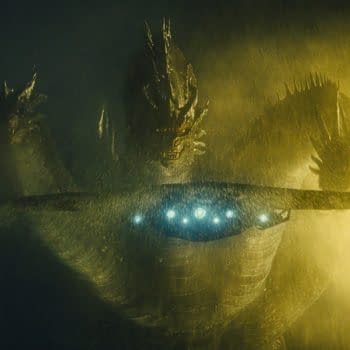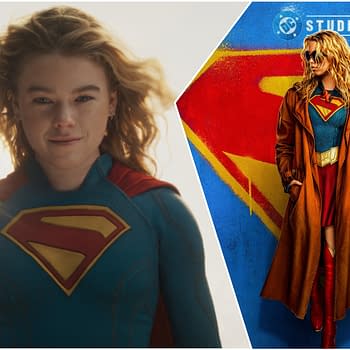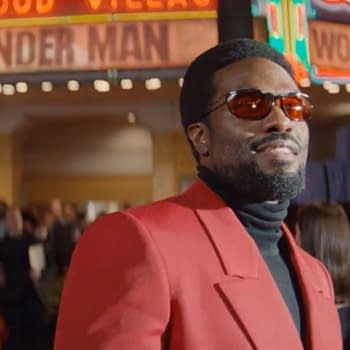Posted in: Movies | Tagged: 1978, a bc, halloween, HRL, john carpenter, october
A BC October Frights In Film (1 of 31): Halloween (1978)
Each day in October, Bleeding Cool will be bringing you our selection of our favorite horror films old and new. The ones that scared the bejesus out of us as teens (and some that did the trick even as adults). Here's our first installment — our review of John Carpenter's 1978 classic entry into the genre, Halloween.
Full disclosure: this was the very first rated-R movie I ever saw as a kid. I got taken to see it at a drive-in on Halloween night on it's third re-release (so I would have been almost 11 at the time), and I spent most of the screening hiding on the floor of the back seat.
Summary
The film opens with a 6-year-old Michael Myers, dressed up for Halloween in his clown costume and mask, stabs his older sister to death with a kitchen knife. Making no attempt to flee, he is arrested and sent to a mental asylum. Cut to 15 years later, and a now-21-year-old Michael escapes from the asylum and steals a car to get him back to his old hometown. He begins stalking high school student Laurie Strode (played by Jamie Lee Curtis in her film debut).
What Makes It Great
While there had been films prior to Halloween which had elements of the slasher genre, it was Halloween and its success against a small budget (it earned $70 million against a budget of $300,000) that cemented the "teens being hunted by a murderous stalker" formula, translating that idea into hundreds of films in the years to come. That recipe is still reflected in most slasher films today, with variations happening mostly on what the nature of the stalker is (supernatural, crazy, imagined), and the location of the hunt (a house, a college dormitory, a parking lot).
John Carpenter is one of that era's wunderkind that could wear about any hat in the production, and with Halloween he did just that — as he wrote, directed, and scored the film. In prior interviews, Carpenter mentioned that he scored the film in about three days, and the main theme is among horror's most recognizable pieces.
Does It Hold Up?
Yes, with caveats. It's still a solid story, but the late-'70s cinematography style can feel largely dated and can be a distraction to modern viewers. The effects, jump cuts, and screams are also a bit overplayed here, but in the context of the era, cinema was only recently beginning to move away from only implying that something bad is happening to actually showing it on screen.
Halloween hit the screens only six months after George Romero's seminal zombie classic Dawn of the Dead. When one of our running or screaming teens is actually killed off, we are actually seeing some of the carnage — but if a viewer is inured to modern levels of slasher violence, Halloween may seem fairly tame or even quaint.





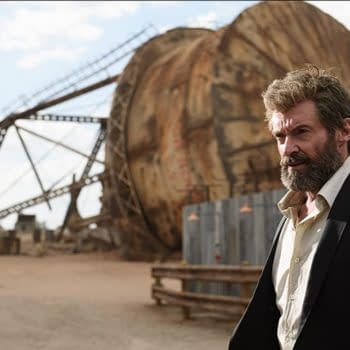
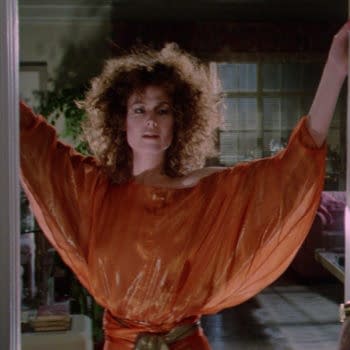
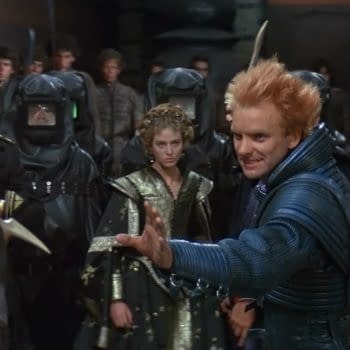
!['Rocketman' Soars With Warts and All Elton John Story [Review]](https://mlpnk72yciwc.i.optimole.com/cqhiHLc.IIZS~2ef73/w:350/h:350/q:75/rt:fill/g:ce/https://bleedingcool.com/wp-content/uploads/2019/01/rocketman.3-350x350.jpg)
